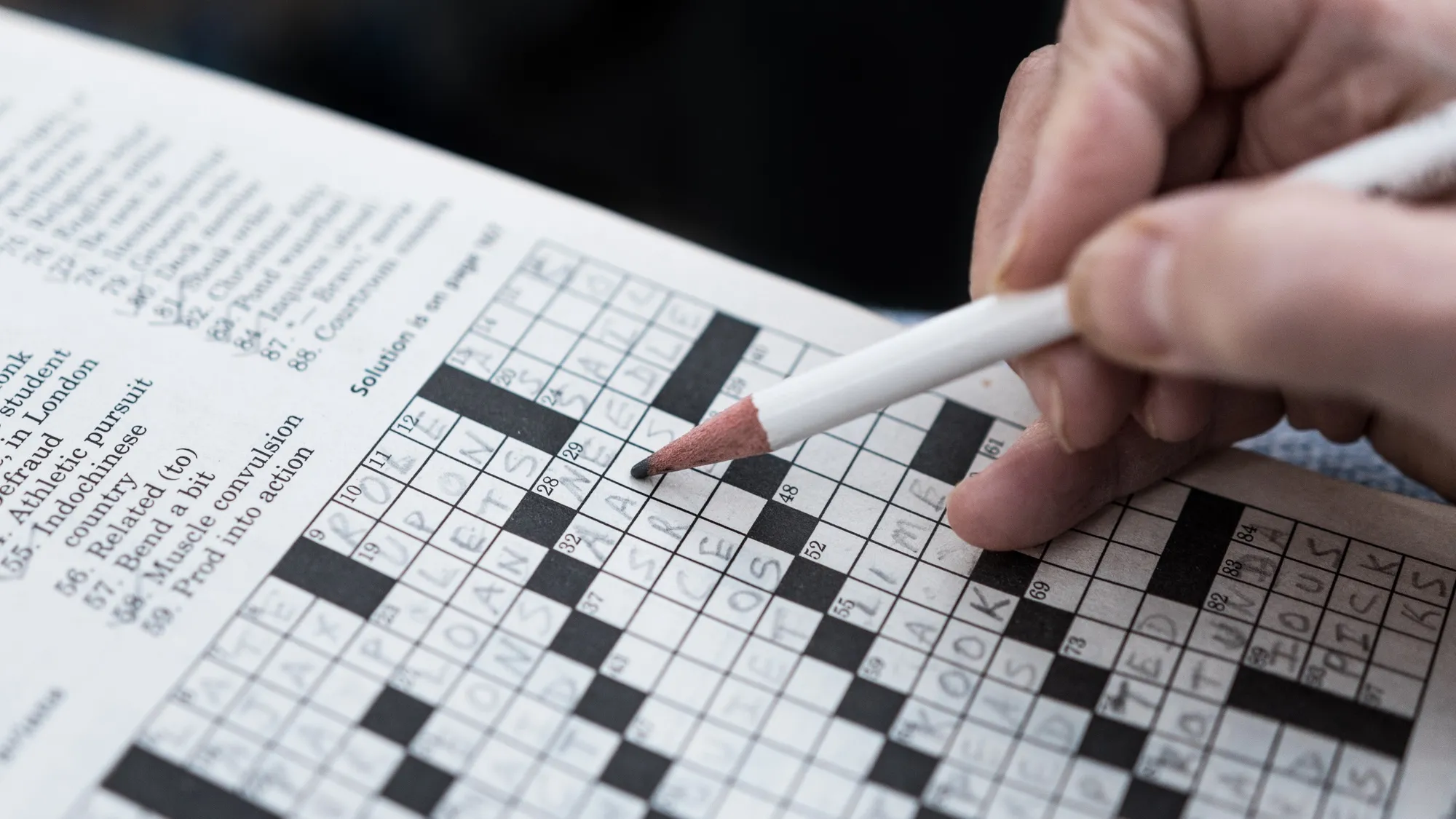Working on the LA Times clue “Leave a black mark on, say”? Below you’ll find solver-friendly hints, a spoiler-safe reveal, and a deeper breakdown of the entry’s meaning and usage in real-world contexts. For daily help and a growing archive of clue explanations, visit Clue of the Day.
Hints (no spoilers)
Reveal the Answer
Click once to unblur the solution; click again to re-hide.
For more daily clue explanations and archives, visit Clue of the Day.
Why “SCORCH” Fits This Clue
Editors love clues that balance literal imagery with flexible usage. SCORCH squarely captures what happens when heat or intense friction discolors a surface—think a skillet against a countertop, a hot iron on fabric, or a flare on a wood deck. The result is a darkened or charred spot—a “black mark,” as the clue puts it. Because the entry is concise, common, and versatile, it’s a fair mid-week answer that solvers can confirm quickly with crossings.
In figurative contexts, to “scorch” someone is to deliver searing criticism, leaving a reputational mark that lingers. That dual register (physical and metaphorical) makes the verb crossword-friendly: it’s widely known, yet lively enough to feel satisfying in a grid. If you drifted toward “char,” “burn,” or “sear,” you weren’t far off—but “SCORCH” typically suggests a stronger, more noticeable effect on the surface.
For dictionary definitions and usage notes, see: Merriam-Webster and Cambridge Dictionary. Those entries highlight both the literal and figurative senses common in journalism, criticism, and sports (“a scorching run”).
From a solving standpoint, watch the crosses on the vowels: SC-O-R-CH has a distinctive -OR- core and the -CH ending that pairs cleanly with many downs. If your grid was suggesting “sear” or “char,” the crossings likely pushed you toward the fuller, punchier SCORCH.
Strategy: Parse the “say”
The filler word “say” often signals an example or approximation in cluing. Here, it softens the definition: not every black mark comes from the same cause, but for example, heat can SCORCH and leave one. Look for that cue in general definitions—it’s a subtle nudge toward a category (heat damage) rather than a single specific act.
Add this to your mental list of damage verbs (SEAR, CHAR, SINGE, TARNISH—though that’s oxidation) and you’ll move faster on similar clues in future grids.


